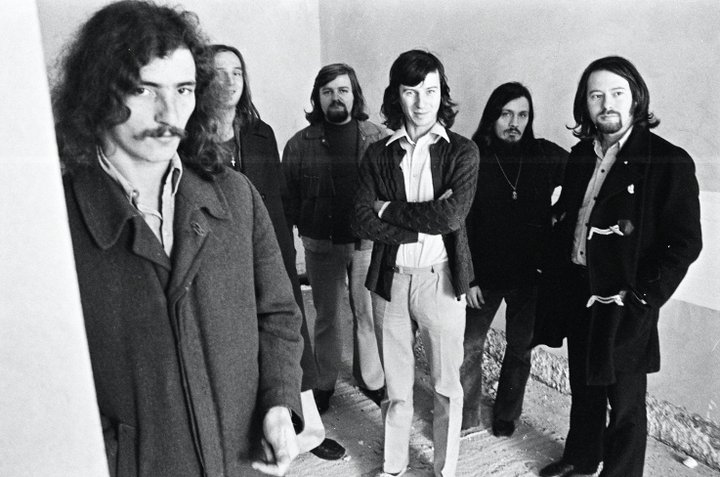Gyöngyhajú Lány” in his song “
New Slaves”? That the song was also covered by the Scorpions with new lyrics as the song “
White Dove”? That Klaus Meine’s band used to open for them and not the other way around, as most people would think? Yes, all of these things are true. Omega was formed in 1962 by organist László Benkő and vocalist/rhythm guitarist János Kóbor. Their first three albums were influenced by the Beatles and the era’s hard- and psychedelic-rock bands, but after Gábor Presser (keyboardist) and József Laux (drummer) left the band to form Locomotiv GT, their music became more and more progressive, synth-heavy and futuristic. After the departure of these two members, the band found new players, and the new lineup remained the same until today. This incarnation of Omega released ten more albums from 1972 to 1987. Many of these were released both in Hungarian and in English in the hopes of generating wider interest in their music. To an extent, it worked, as the band successfully toured in Germany and England, but somehow the breakthrough never happened. Still, they are active and keep playing when they can – you can catch them on May 30 at Budapest Park.












